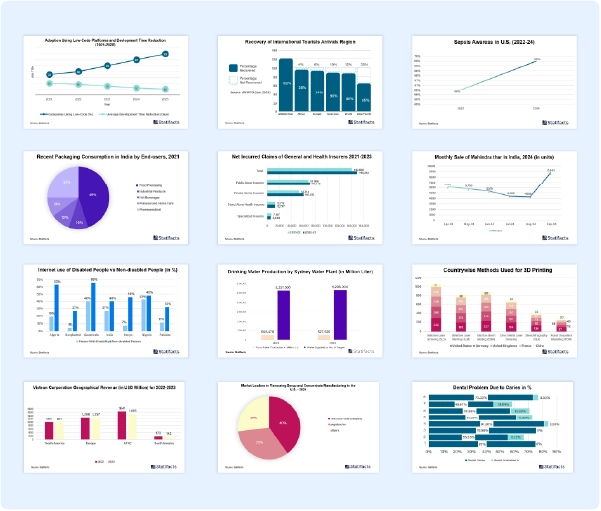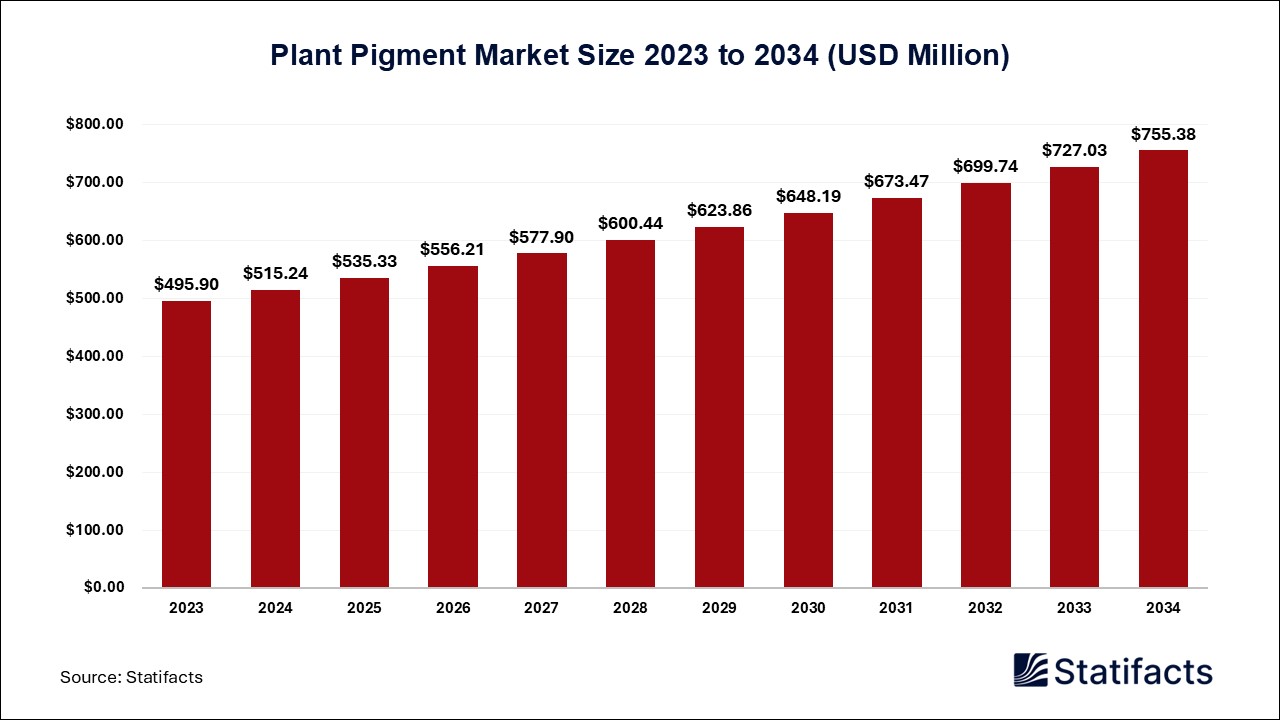

Our customers work more efficiently and benefit from
The U.S. viral vector and plasmid DNA manufacturing market size accounted for USD 2,480 million in 2024 and is expected to exceed around USD 10,660 million by 2034, growing at a CAGR of 15.7% from 2025 to 2034.
The U.S. viral vectors & plasmid DNA manufacturing market refers to the production, distribution, and application of viral vector and plasmid DNA vectors which are the tools that are used to transport genetic material to the target cell. Plasmid DNA manufacturing is a process that is crucial in biotechnology and research to allow the production of DNA constructs. Those constructs are used for genetic manipulation and many applications in several fields including molecular biology, medicine, and also agriculture. Viral vector manufacturing is the process needed for creating the crucial carriers that transport therapeutic genes. Viral vectors are highly used in fields like gene therapy, making their improved manufacturing essential in the biopharma industry. Plasmids and viral vectors are necessary for the development of gene and cell therapies. As the population is growing, the number of people with genetic disorders is also growing, which is increasing R&D and therapies need. Viral vector is the most effective means of gene transfer to modify specific cell types or tissue and can be manipulated to express therapeutic genes.
Advancement in gene therapy contributing to the growth of the U.S. viral vectors & plasmid DNA manufacturing market. Without treatment, many diseases and disorders lead to disability or premature death. With gene therapy, research shows that the progression of these conditions has slowed down or even stopped. If we receive gene therapy earlier in your treatment, it can prevent any damage before it occurs. Genetic therapies may be used to prevent, treat, or cure specific inherited disorders like sickle cell disease, beta thalassemia, hemophilia, alpha-1 antitrypsin deficiency, and cystic fibrosis. Gene therapies are also used to treat a small number of diseases, including an eye disorder called Leber congenital amaurosis and a muscle disorder called spinal muscular atrophy. Many more genes are undergoing research to make sure that they will be safe and effective. Gene therapy can offer quality-of-life improvements like psychological sense of well-being, improved function, and reduced or eliminated pain and suffering. The anticipated durability of gene therapies is typical among disease treatments, but time and additional study are needed to quantify it.
Artificial intelligence (AI) accelerates drug discovery development which driving the growth of the U.S. viral vectors & plasmid DNA manufacturing market. The integration of AI into DNA plasmid vector design has direct implications for drug development. Vectors are optimized through AI and can deliver therapeutic genes more effectively, leading to improved treatment outcomes and reduced side effects. AI can stimulate actual properties of the immune system and can be used for evaluating the immune response against many gene delivery vectors at a time. It was demonstrated that AI has robust potential for predicting probable immune responses against viral vectors as well as non-viral delivery vehicles. AI helps to provide the potential for viral vectors to improve the precision, safety, and efficiency of therapeutic interventions has boosted their demand.
The adoption of single-use equipment in the manufacturing of viral vectors and plasmid DNA drives the growth of the U.S. viral vectors & plasmid DNA manufacturing market. Single-use technology improves sterility assurance, mitigating contamination risks and ensuring the purity and safety of therapeutic products. Its flexibility enables the seamless adoption of different cell lines, gene therapy approaches, and production cells, accelerating research and development efforts. Single-use, sterile connectors for gene therapy help ensure sterilized, closed system processes that keep each biological drop secure. Single-use offers the greatest degree of flexibility, production flexibility, and improved sterility. Single-use technologies reduce complexities and shorten lead times in upstream processes. The benefits of single-use technology include risk mitigation, increased efficiency, and reduced personnel requirements. They also improve the ability to prevent cross-contamination.
According to the World Health Organization (WHO) risk assessment, in April 2024, Avian Influenza A(H5N1)-virus, from 2003 to 1 April 2024, a total of 889 cases and 463 deaths (CFR 52%) caused by influenza A(H5N1) virus has been reported worldwide from 23 countries.
Published by Laxmi Narayan
For any questions about this dataset or to discuss customization options, please write to us at sales@statifacts.com
| Stats ID: | 7910 |
| Format: | Databook |
| Published: | February 2025 |
| Delivery: | Immediate |
| Price | US$ 1550 |





| Stats ID: | 7910 |
| Format: | Databook |
| Published: | February 2025 |
| Delivery: | Immediate |
| Price | US$ 1550 |

You will receive an email from our Business Development Manager. Please be sure to check your SPAM/JUNK folder too.

Unlock unlimited access to all exclusive market research reports, empowering your business.
Get industry insights at the most affordable plan
Stay ahead of the competition with comprehensive, actionable intelligence at your fingertips!
Learn More Download
Download
